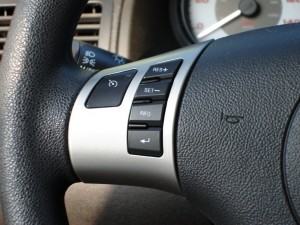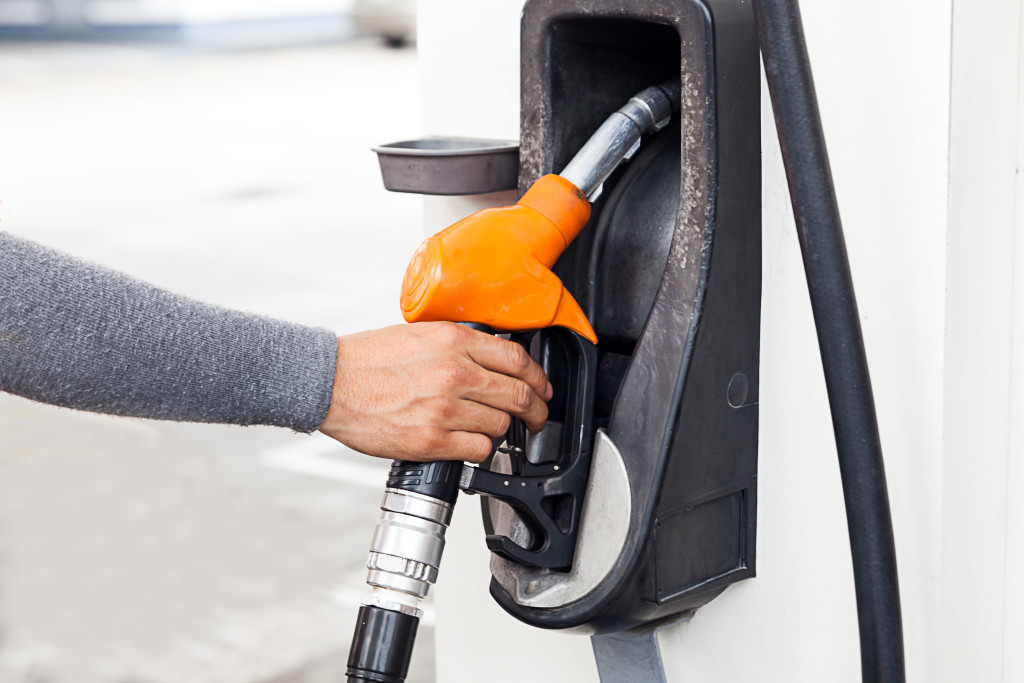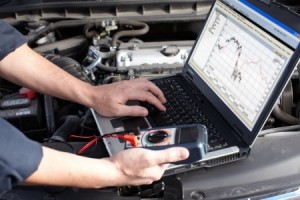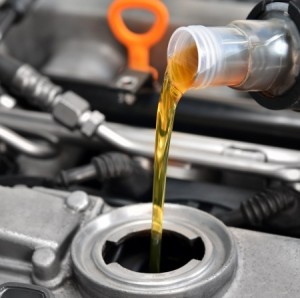Cruise Control Reduces Speed, Increases Driver Drowsiness
 Most cars these days are equipped with cruise control, which allows a driver to set the speed of the vehicle without having to maintain constant contact with the gas pedal. In fact, you may be surprised to learn that cruise control technology was first introduced 100 years ago. Cruise control is a useful tool for drivers, especially on long road trips, but new data out of France reveals that the convenience comes at a price.
Most cars these days are equipped with cruise control, which allows a driver to set the speed of the vehicle without having to maintain constant contact with the gas pedal. In fact, you may be surprised to learn that cruise control technology was first introduced 100 years ago. Cruise control is a useful tool for drivers, especially on long road trips, but new data out of France reveals that the convenience comes at a price.
A study by the Vinci Autoroutes Foundation found that cruise control or speed-limiting vehicles led to an increased risk that the driver would become drowsy, and it also significantly increased a driver’s reaction time.
For their study, the foundation divided 90 drivers into three groups based on their age. The drivers were then put through a driving simulator over a three-day period. They were asked to drive 75 miles each day, and in the simulator they encountered construction, a bus accident, a tollbooth, and radar. Drivers were hooked up to equipment to monitor eye movement and brain activity to aid in data collection. They were also asked to rate their level of vigilance every 15 minutes.
After looking at the data, researchers found:
- All participants exhibited greater signs of drowsiness when using cruise control.
- The average level of self-reported vigilance decreased significantly as time passed. The most common response at the beginning of the trip was that the participant was feeling “rather awake,” but that changed to “neither awake nor asleep” only 30 minutes into the drive.
- When using cruise control, all drivers took longer to brake for the simulated encounters. By the end of the trip, drivers were breaking roughly 85 yards closer to the incident location.
- Young drivers between the ages of 18-30 were the most affected by the fatigue of the trip.
Andre Dufour, the lead researcher of the study, said cruise control can help people avoid speeding tickets, but drivers must take extra precautions to stay alert.
“They help people to obey the speed limit,” said Dufour. “But you have to know how to use them.”
He added that even though the vehicle can help complete some functions normally reserved for the driver, “the person is still in charge and still responsible.”
Related source: ABC News
-
Cheaper Gas Means More Car Crashes
 Feb 25, 2015
Feb 25, 2015While declining gas prices may help you save money at the pump, it also may increase your risk of being involved in an auto accident. Guangqing Chi, an associate professor of sociology at South Dakota State University, said the likelihood of being involved in a car crash when gas prices drops is also impacted by […]
-
The 4 Most Common Car Diagnostic Codes
 Apr 2, 2014
Apr 2, 2014Since the teams competing in the Final Four and the Frozen Four (Go Gophers!) have been determined, we thought we’d stick with the theme and come up with a list of four on our own. Behold, the four most common car diagnostic codes! Oxygen Sensor Codes – As we made mention in last week’s post […]
-
Top 5 Summer Auto Repair Tips
 Jul 9, 2014
Jul 9, 2014Although the July 4th holiday is in the rearview mirror, summer is still in full swing and that means more miles on the odometer. Before you go on your next adventure, consider these five car care tips that will keep your car in top shape during the hot summer months! Oil Change – Regular oil […]




